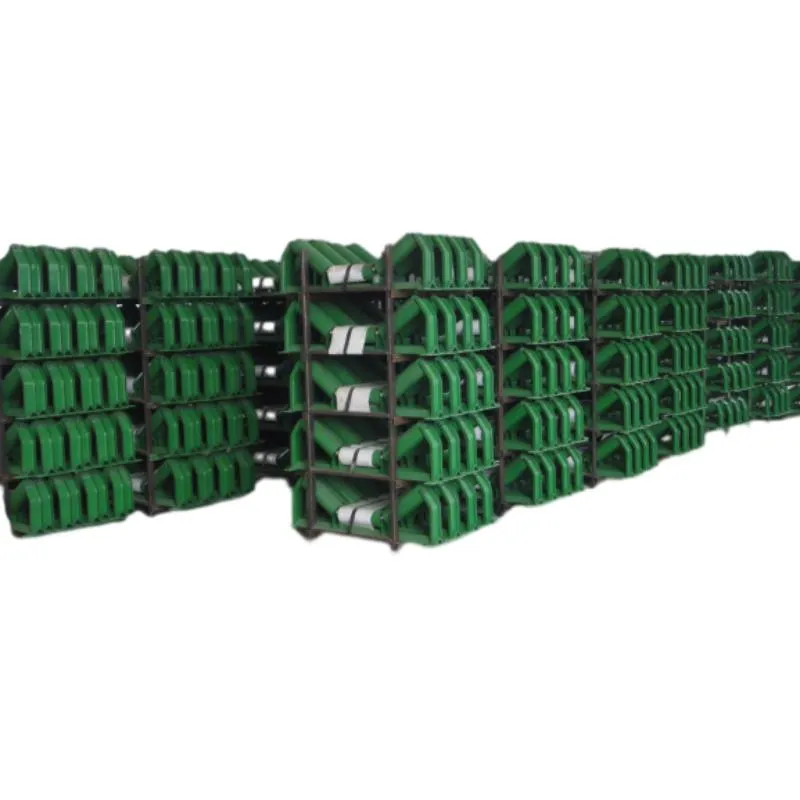 Afrikaans
Afrikaans  Albanian
Albanian  Amharic
Amharic  Arabic
Arabic  Armenian
Armenian  Azerbaijani
Azerbaijani  Basque
Basque  Belarusian
Belarusian  Bengali
Bengali  Bosnian
Bosnian  Bulgarian
Bulgarian  Catalan
Catalan  Cebuano
Cebuano  Corsican
Corsican  Croatian
Croatian  Czech
Czech  Danish
Danish  Dutch
Dutch  English
English  Esperanto
Esperanto  Estonian
Estonian  Finnish
Finnish  French
French  Frisian
Frisian  Galician
Galician  Georgian
Georgian  German
German  Greek
Greek  Gujarati
Gujarati  Haitian Creole
Haitian Creole  hausa
hausa  hawaiian
hawaiian  Hebrew
Hebrew  Hindi
Hindi  Miao
Miao  Hungarian
Hungarian  Icelandic
Icelandic  igbo
igbo  Indonesian
Indonesian  irish
irish  Italian
Italian  Japanese
Japanese  Javanese
Javanese  Kannada
Kannada  kazakh
kazakh  Khmer
Khmer  Rwandese
Rwandese  Korean
Korean  Kurdish
Kurdish  Kyrgyz
Kyrgyz  Lao
Lao  Latin
Latin  Latvian
Latvian  Lithuanian
Lithuanian  Luxembourgish
Luxembourgish  Macedonian
Macedonian  Malgashi
Malgashi  Malay
Malay  Malayalam
Malayalam  Maltese
Maltese  Maori
Maori  Marathi
Marathi  Mongolian
Mongolian  Myanmar
Myanmar  Nepali
Nepali  Norwegian
Norwegian  Norwegian
Norwegian  Occitan
Occitan  Pashto
Pashto  Persian
Persian  Polish
Polish  Portuguese
Portuguese  Punjabi
Punjabi  Romanian
Romanian  Russian
Russian  Samoan
Samoan  Scottish Gaelic
Scottish Gaelic  Serbian
Serbian  Sesotho
Sesotho  Shona
Shona  Sindhi
Sindhi  Sinhala
Sinhala  Slovak
Slovak  Slovenian
Slovenian  Somali
Somali  Spanish
Spanish  Sundanese
Sundanese  Swahili
Swahili  Swedish
Swedish  Tagalog
Tagalog  Tajik
Tajik  Tamil
Tamil  Tatar
Tatar  Telugu
Telugu  Thai
Thai  Turkish
Turkish  Turkmen
Turkmen  Ukrainian
Ukrainian  Urdu
Urdu  Uighur
Uighur  Uzbek
Uzbek  Vietnamese
Vietnamese  Welsh
Welsh  Bantu
Bantu  Yiddish
Yiddish  Yoruba
Yoruba  Zulu
Zulu Types of Conveyor Belt Rollers and Their Applications
Understanding Conveyor Belt Roller Types
Conveyor belts are an essential component in many industries, from manufacturing and mining to airports and logistics. These systems facilitate the smooth movement of materials, enhancing efficiency and productivity. One of the critical components of a conveyor system is the roller. Rollers are crucial for supporting the belt and helping it move loads efficiently. There are several types of conveyor belt rollers, each designed for specific applications and environments. Understanding these types is essential for selecting the right roller for your conveyor system.
1. Idler Rollers
Idler rollers are the most common type found in conveyor systems. They are used to support and guide the conveyor belt as it moves. Idler rollers can be further categorized into troughing idlers, where the belt is shaped into a V form to carry bulk materials, and return idlers, used to support the belt when it returns to the loading point. The angle at which idler rollers are positioned affects the load-carrying capacity and the overall efficiency of the conveyor system.
2. Drive Rollers
Drive rollers are integral to the movement of the conveyor belt. These rollers are powered, typically by an electric motor, and generate the force needed to move the belt and its load. Depending on the design, drive rollers can be located at various points on the conveyor system, but are commonly situated at the tail end. They are available in various diameters and materials to match specific load requirements and operating conditions.
3. Return Rollers
Similar to idler rollers, return rollers are specifically designed to support the conveyor belt on its return journey. Their primary purpose is to maintain belt tension and prevent sagging, which can lead to wear and inefficient operation. Return rollers are often featured with a rubber cover to reduce friction and wear on the belt, ensuring smoother operation.
conveyor belt roller types

Crowned rollers are designed with a specific shape that causes the center of the roller to be slightly higher than the edges. This design helps in keeping the conveyor belt centered and prevents it from drifting off track. Crowned rollers are essential for applications where belt misalignment can lead to increased wear and tear or potential operational failures.
5. Rubber Coated Rollers
For operations involving corrosive materials or certain environmental conditions, rubber-coated rollers are essential. The rubber coating provides additional traction and minimizes slippage, particularly in wet or slippery situations. These rollers can also help in reducing noise in operational settings, making them ideal for environments that demand lower noise levels, such as food processing plants.
6. Impact Rollers
In applications where heavy or bulk materials are transported, impact rollers are critical. These rollers feature a robust design with additional cushioning to absorb the shock of heavy loads, minimizing the impact on both the belt and the structure of the conveyor system. They are typically positioned at loading points to reduce wear on the belt and prolong its lifespan.
7. Stainless Steel Rollers
In industries such as food processing, pharmaceuticals, or any other environment where hygiene is paramount, stainless steel rollers are the preferred choice. These rollers resist rust and corrosion, ensuring compliance with health regulations. Their durability also means that they can withstand extensive use while maintaining performance.
Conclusion
When selecting conveyor belt rollers, it is crucial to understand the various types available and their specific applications. The right choice of rollers can significantly affect the efficiency, longevity, and reliability of the conveyor system. Whether it’s for transporting heavy goods or handling sensitive materials, selecting the appropriate roller type will enhance operational efficiency and minimize maintenance costs. By understanding the functionality of idler rollers, drive rollers, return rollers, crowned rollers, rubber-coated rollers, impact rollers, and stainless steel rollers, businesses can make informed decisions that optimize their conveyor systems' performance and reliability.
-
Revolutionizing Conveyor Reliability with Advanced Rubber Lagging PulleysNewsJul.22,2025
-
Powering Precision and Durability with Expert Manufacturers of Conveyor ComponentsNewsJul.22,2025
-
Optimizing Conveyor Systems with Advanced Conveyor AccessoriesNewsJul.22,2025
-
Maximize Conveyor Efficiency with Quality Conveyor Idler PulleysNewsJul.22,2025
-
Future-Proof Your Conveyor System with High-Performance Polyurethane RollerNewsJul.22,2025
-
Driving Efficiency Forward with Quality Idlers and RollersNewsJul.22,2025





























